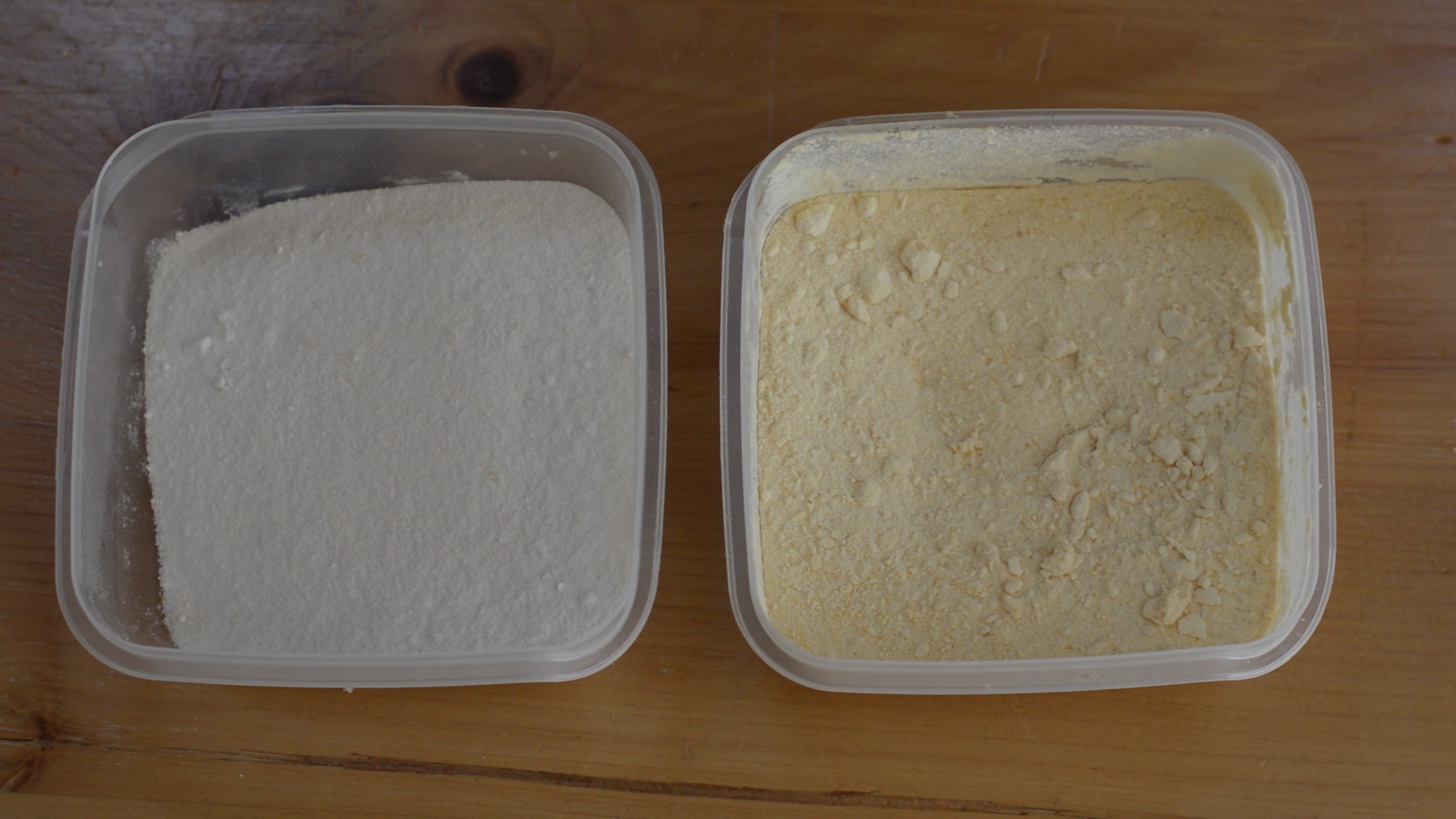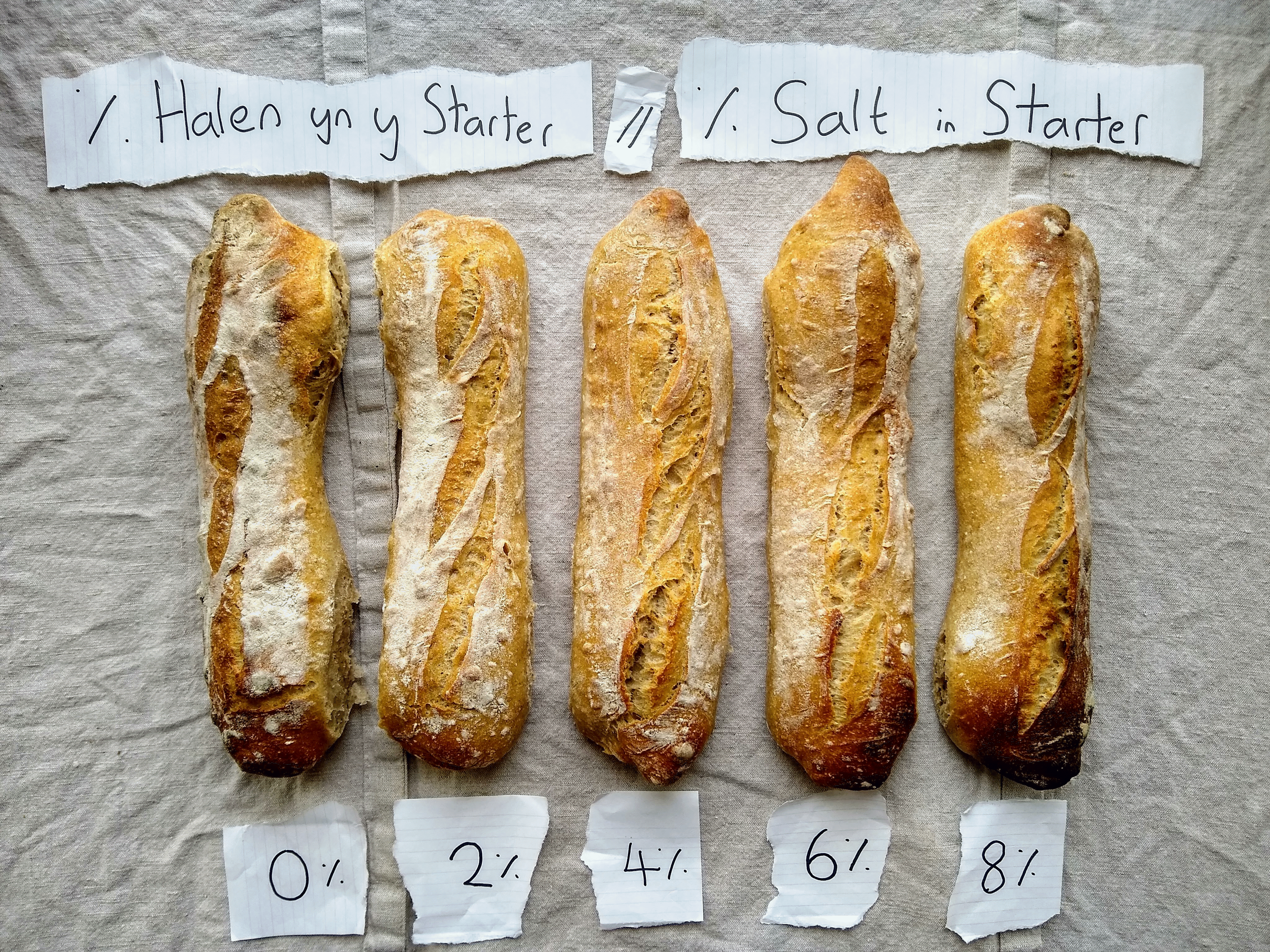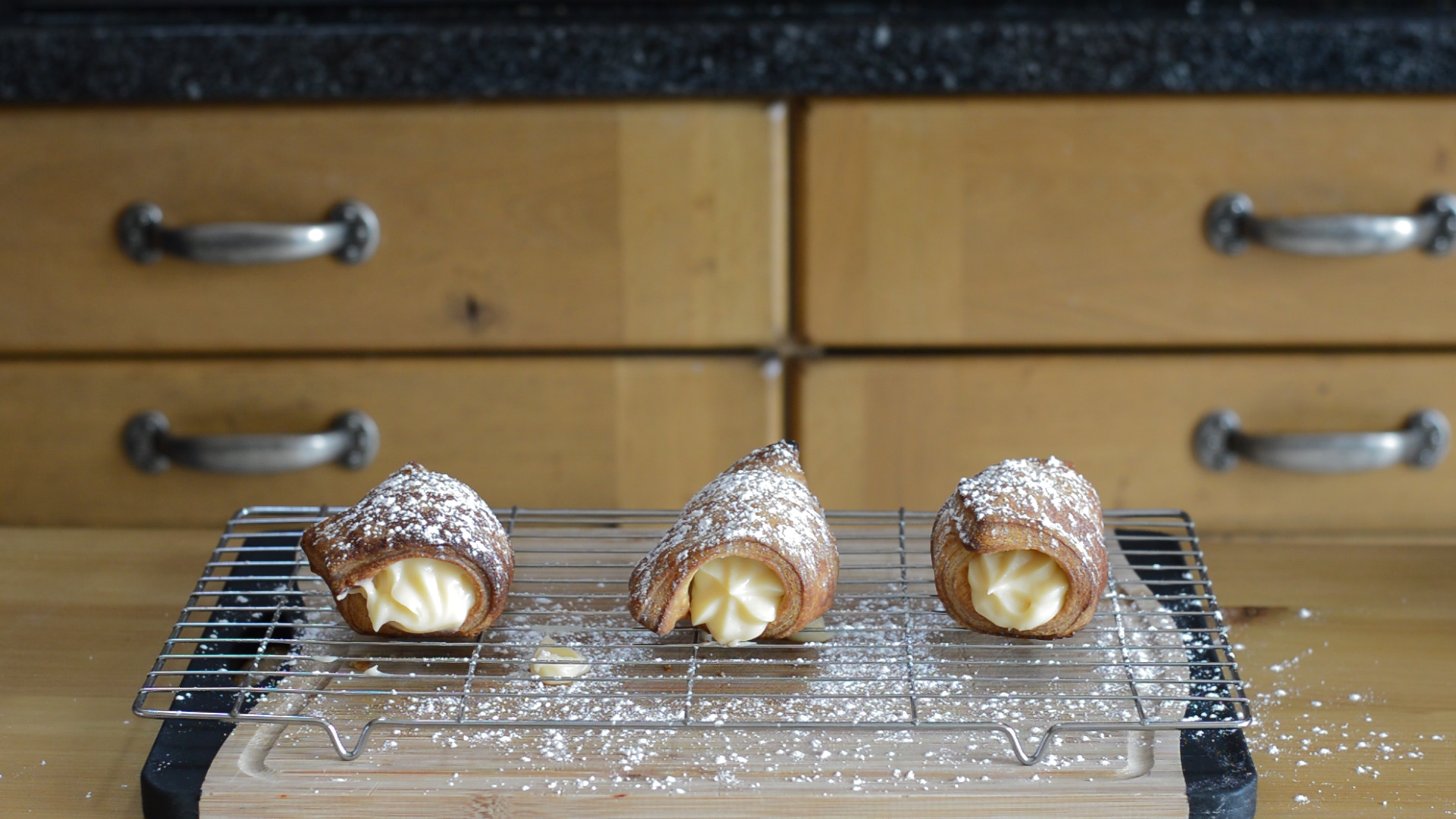For some reason, I’ve been playing with caramel for a fortnight.
It’s part of living with the internet isn’t it, one minute your looking at how many ounces are in a gram, the next your marathonning behind-the-scenes interviews with the Breaking Bad cast. In this particular case, it was after dinner biscuits that started me down the rabbit hole, which led me to a seriouseats article about Speculoos, and problems with caramel flavouring.
So how to imbue a biscuit, with deep caramel flavour?
Caramel flavouring? Total cheat. Brown sugar? Won’t cut it. For a true caramel flavour, I had to dive deep into the toiling realms of molten sugar.
The original seriouseats article suggested toasting sugar. Whilst it doesn’t involve filling the toaster with a bag of granulated, it’s almost as painful. It requires baking the sugar at 150°C, until it’s evenly browned and the sugar’s original sweetness develops into something deeper and more complex.
But this will take you 5 hours.
With such a fine line separating caremalised from toasted sugar, this is 5 hours you’ll spend constantly stirring and agitating, watching the sugar like a newborn baking baby…bad analogy. But as you’ll see, 2 short hours was too much for me, and my golden hued sugar cam out as nothing more than a grainy pool of caramel.
From this failure however, came a gem of an idea. Unwilling to waste 20p worth of sugar, I decided to go the whole hog, to completely caramelise a batch of sugar, breaking up the cooled caramel and blending it into a fine caramel dust, the perfect caramel flavoured sugar!
So here’s my attempt at producing the perfect caramel flavoured sugar, blended caramel, vs toasted sugar.
Click below for the full recipe with measurements and techniques used.
To toast the sugar
Spread sugar over the surface of a baking tray or oven-safe pan in a finger nail deep layer.
Bake the sugar in a low oven, around 150°C (2-7 hours)
The baking time will dictate the degree of toasting. The 2 hours will give sugar a sandy colour, whilst 7 hours will turn it a darker, more flavourful amber colour. You’ll need to keep stirring and agitating the sugar as it bakes to evenly colour the sugar and prevent it from melting (and becoming an irredeemable mess).
To caramelise the sugar
Throw some sugar in saucepan (again to about ginger nail depth)
Heat the sugar on a medium heat until it starts liquefying around the edges.
Pull the molten sugar into the middle of the pan towards the solid sugar.
There’s no need to stir the sugar, the only thing this achieves is dispersing solid sugar through the molten mixture. This cools the mixture and slows the sugar’s melt.
Keep going until every grain of sugar has melted, becoming a deep, amber colour.
It’s ready after the sugar starts to smoke (but if it’s belching fumes like Mt Vesuvius, you’ve gone too far).
Pour the hot caramel onto a baking tray lined with baking paper, letting it cool completely on the tray.
Make sure your using siliconised baking paper, not greasproof which will cling to your caramel.
Break up the cooled caramel, before breaking it fine in a blender or food processor.
You can break up the caramel by wrapping it in the baking paper and smashing it with a rolling pin. These smashed chunks will then be small enough to pulverise into a powder using your food processor of choice.
Evaluation
As much as I’d like ground caramel to be the future, it won’t be replacing sugar any time soon. Cooking off all the moisture to caramelise sugar makes it extremely hygroscopic, even more so than regular sugar. Using caramel as a sugar substitute then has a big impact on you’re baked good’s moisture content (you’ll need to add water to your butter or eggs, not ideal really)
On the other hand, given that there was barely any difference in taste, but a missive difference in texture, between the caremelised and the toasted sugar biscuits, we may be better off sticking to regular sugar. Or at least if you do fancy grinding some caramel, keep it as a nice garnish, and not some chemical X for your cakes.




